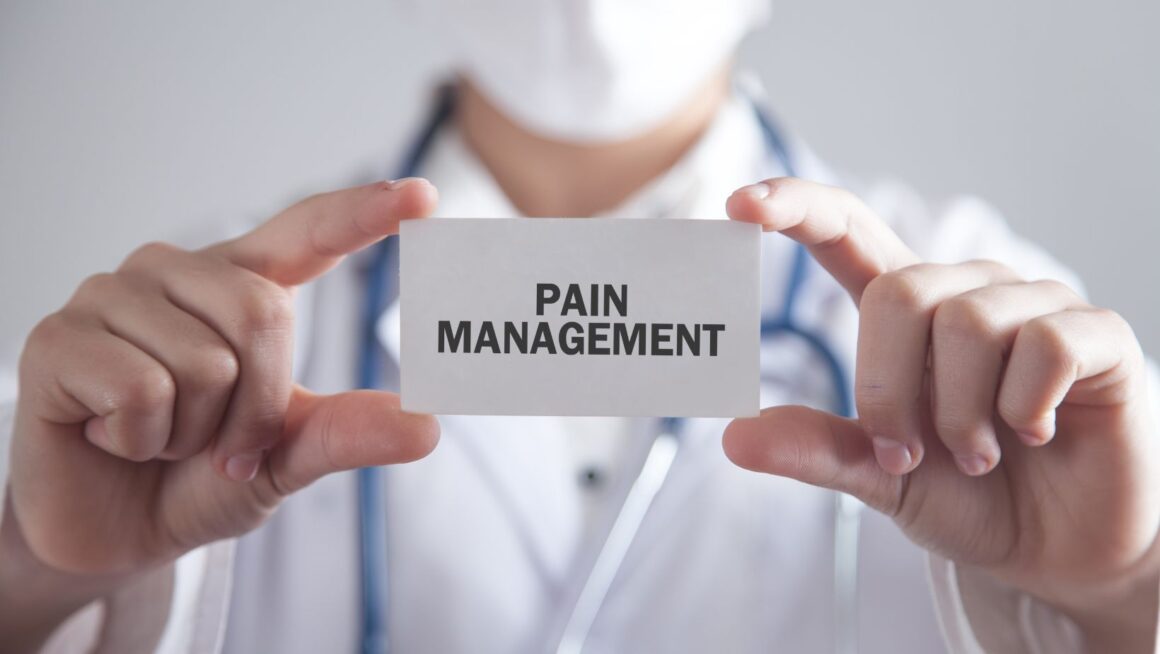Pain manifests in various forms, each disrupting daily life and demanding targeted management strategies. On that note, effective pain management is essential not only for improving quality of life but also for enabling individuals to maintain functionality and well-being.
In this article, we shall dive into the different forms of pain, examine a range of management strategies and conclude with a discussion on how clinics can better support patients in navigating their recovery. All in all, we aim to provide readers with a clear understanding of the various management options, focusing on innovative treatments and the benefits of personalized care plans.
A Comprehensive Overview of the Different Pain Types
Each type of pain, whether acute, chronic, neuropathic, or nociceptive, has distinct characteristics and causes, necessitating tailored treatment approaches. Therefore, having an in-depth understanding of the various types of aches is crucial in order to select the most appropriate management strategies.
| Pain Type | Description | Common Causes | Typical Treatments |
| Acute Pain | Short-term pain that signals specific harm to the body. | Surgery, broken bones, dental work. | Over-the-counter (OTC) meds, rest, and ice. |
| Chronic Pain | Persistent pain that lasts weeks to years, beyond expected healing. | Arthritis, nerve damage, cancer. | Physical therapy and prescription drugs. |
| Neuropathic Pain | Pain caused by nerve damage or dysfunction. | Diabetes, infections, spinal injury. | Antidepressants, anticonvulsants, topical treatments. |
| Nociceptive Pain | Pain from physical injuries or probable harm to the body. | Cuts, bruises, burns, inflammation. | Pain relievers and anti-inflammatory drugs. |
List of Effective Pain Management Strategies
Managing pain effectively necessitates a comprehensive approach that can involve a variety of strategies.

From traditional medications to alternative therapies, the key is to tailor these strategies to individual needs and specific types of discomfort.
Five methods have been proven to be effective:
Medication
Medications are often the first line of defense against pain. In particular, they may range from OTC options like ibuprofen and acetaminophen for mild aches to prescription opioids for severe discomfort. Nevertheless, long-term use of any medication should be closely monitored by healthcare providers to manage side effects and avoid dependency.
Physical Therapy
Physical therapy (such as yoga) plays a crucial role in pain management, especially for chronic sufferers. In essence, by strengthening muscles, increasing flexibility, and improving joint stability, physical therapy can help reduce the burden of the agony, enhance mobility, and decrease the need for medications over time.
Cognitive Behavioral Therapy (CBT)
CBT is a psychological method that assists patients to manage pain by changing the way they think and behave. It is particularly effective for long-term soreness, helping individuals develop coping strategies to deal with discomfort beyond the physical symptoms, thereby reducing stress and improving quality of life.
Acupuncture
Acupuncture involves inserting thin needles into precise parts of the body to relieve pain. It is thought to induce the release of endorphins, the body’s natural painkillers, and is used for a variety of symptoms, including chronic headaches, backache, and osteoarthritis.
Medical Cannabis
Essentially, medical cannabis has emerged as a significant alternative for managing pain, particularly when traditional treatments have failed. Specifically, it works by interacting with the body’s endocannabinoid system to reduce inflammation and ache perception.

Besides that, medical cannabis clinics specialize in prescribing such treatment within a regulated framework, ensuring patients receive a safe, effective dosage tailored to their specific condition.
The Bottom Line
Exploring pain management strategies offers new avenues for individuals seeking relief and a better quality of life. As research continues to evolve, the options for effective pain relief expand, providing hope and improved outcomes for those affected by chronic and acute symptoms. Whether through advancements in medical science or proven traditional methods, each strategy provides a valuable tool in the journey toward managing the agony and achieving wellness.
In the meantime, patients should still remember that engaging with healthcare professionals to tailor a personal treatment plan ensures the best approach is selected to meet individual needs and circumstances.



